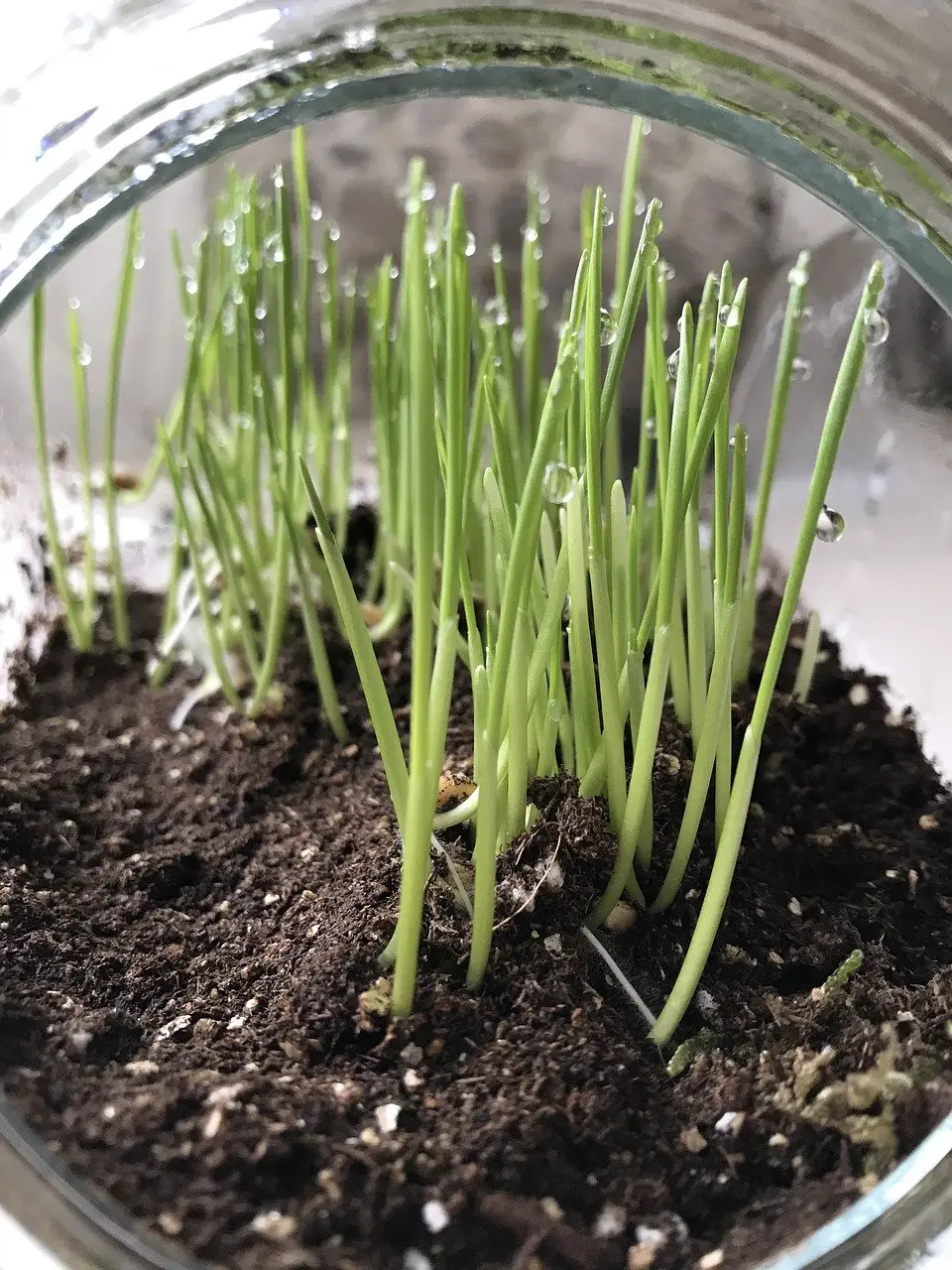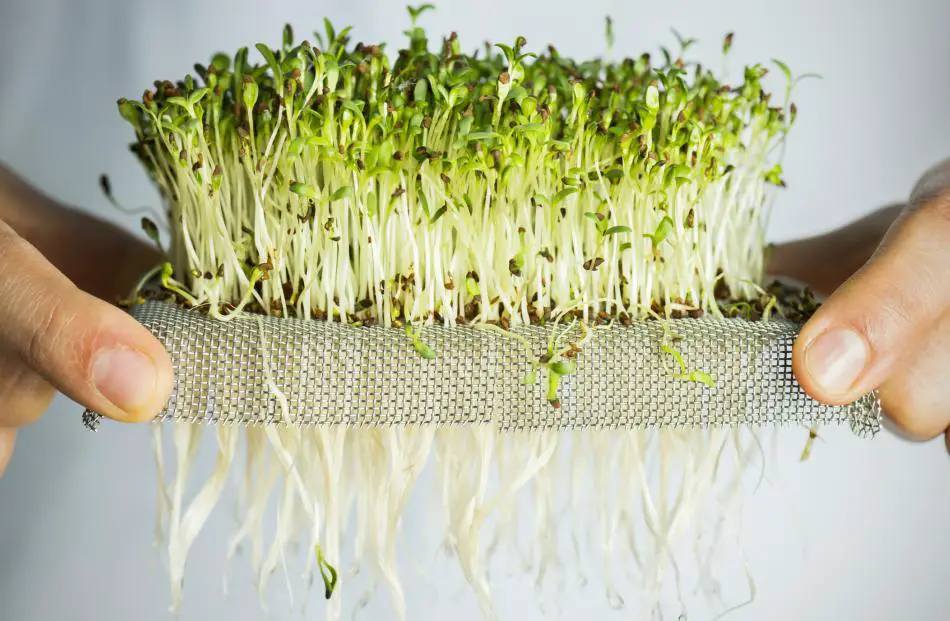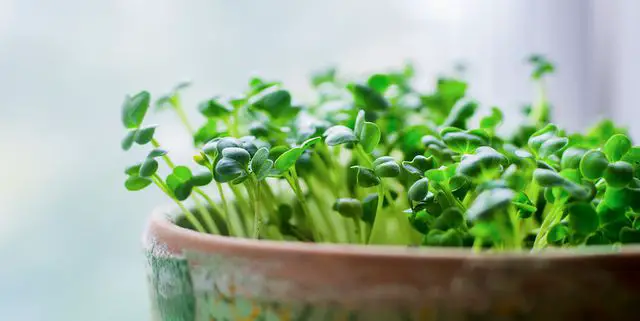Procedures And Solutions For Indoor Garden
Many people preferred to do the indoor garden route for many reasons such as being a homebody individual, weather won’t ruin the garden, not to worry about garden snakes or other garden insects, and so much more. Here is a route to take when using Microgreens for indoor gardening. If you would like read more about microgreens growing kit click here.
More...
Water
The Microgreen seeds are very selective of water, because the water has to be just right in order for it to work. Most microgreens will do best at a pH of 6. A range of 5.5 to 6.5 is acceptable. If there is any bleach in it, tap water or filtered water will help eliminate the bleach.
How to prepped the Tray
After the water situation is settled, get about 2 cups of water and dump it to the bottom of the tray so it can soak. Next, get the growing pads and move around the water in the growing pad and softly pressed it. Sprinkle water on top.
The Seeds, and Covering
The tray should be laid flat so the seeds can be the next step. It doesn’t matter the size of the seed, just start spreading the seeds around in a gentle matter. When the seeds are proportionally spread out, get a spray bottle and start spraying again. Cover the test that comes with it as a protection.

The 12 hours rule
This is a vital part because of it’s not done properly, the outcome won’t turn out as expected. Remove the protector and get a spray bottle and start spraying every 12 hour. Once you are done, cover it and repeat again every 12 hours. When few days passed, what you planted, should start to show. LED lights that are specifically made for gardening will work or sunlight as well. Make sure to rotate the tray so every part can get the light if it’s not big enough. Start checking the tray every day.
Harvest
After the 5th day, the microgreen will be noticeable. However, the 10th and after will be golden. At ten days they are ready to be harvested. Just snip them off just above the soil”. You are free to do what you want to do it like eating it with other foods that was planned with it. Don’t try to prolong it after 10 days because it wouldn’t be useful anymore. When harvesting, the temperature has to be perfect due to the fact this can make or break it. If the temperature is too hot, the crop will droop and eventually die. If the temperature is too cold, the crop will go to waste as well.
How to Harvest the right way
Take as much as you can when grabbing the microgreens. Put it on the growing pad and spread it. Get a scissors to trim out the roots. Also, you pick up the pad and cut directly from there. Get the water cool enough to start rinsing the microgreens. Pat down with either a towel or paper towel and then let the microgreen air dry. If you don’t want to air dry, get a small fan and let the air from the fan speed up the process. Put the microgreens in the refrigerator after they are completely dried.
Not all the time everything will run smoothly and here are ways to handle it when there are trials and errors:
Moldy
Tackle this problem immediately because the moldy microgreens can destroy everything. The solution to this is to elevate the air flow to the microgreen. Be sure that all of the trays are clean and doesn’t have any strange odor in the beginning.
Lumpy
When spreading the seeds across the crop is easy but, take it easy. If spreading the seeds carelessly, when sprouting occurs, it can develop a lumpy appearance. To fix this issue, try spreading the seeds evenly across each tray. In addition, reduce sprouting so many seeds at once.
Slow growth
The average days to start seeing the microgreen sprouts is after the 4th day. Anything after that and no results aren’t being present, there is a way to fix it. Simply just add more water by spraying the microgreen.
Discoloration
When planting a garden, whether inside or outside, there will be an expected color for each crop. If the microgreen display a yellow color can leave someone in a “puzzled” mood. Simply just put the yellow area of the crop to grab more lights so the color will disappear.

Too much water or not enough water
When there is too much water in the tray, the microgreens can “suffocate”. The roots of the crops won’t be able to get more oxygen that is vital to the planet. When it’s not enough water, the crops will droop. The best way to check is by looking at the grow pad. If the grow pad doesn't soak enough, just add more water.
The Mucilaginous Seeds aka Gel Seeds
This seed has two names but the same purpose. The gel seeds to trap moisture that surrounds the actual seeds. The gel seeds are harder to grow and a little more work. The early stages of growing the crop will require extra attention.
Fragile Microgreen
This happens when the microgreen was able to survive after 4 days. However, wasn’t properly taken care of (especially in the early stages). To fix this problem is to create and stick to a routine timetable. In addition, look at the directions for each seed packet. Not all will say the same instructions of what to do.
Lack of protection
This simply means not coverings the seeds or not properly sealing it. When this happens, the growth will slow down. In addition, bacteria will able grow such as mildew, mold, or any other bacteria that can ruin the microgreen crop. To fix this is just simply checking if it properly secured.
Stench smell
The Microgreen crop will begin to smell 10 days or later. But, the smell will be tolerable, after 14 days the funky smell will start to kick in. Since this will be an indoor garden, the foul odor will travel quickly.
Guest Poster: Sophia Hope From https://allneedoff.com/

